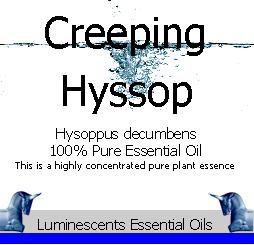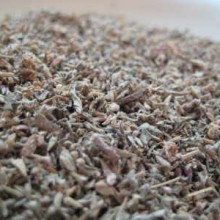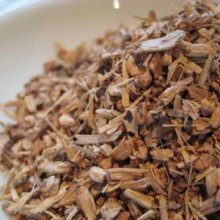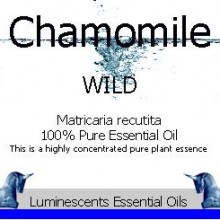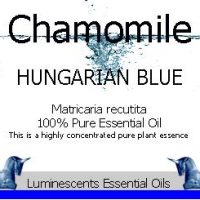Creeping Hyssop decorates the Mediterranean area. It is about 60 cm (2 feet) high and very attractive to bees. It has a woody, hairy stem, small lance-shaped green leaves and purple-blue flowers.
Cautions:-
The essential oil includes the chemicals thujone and phenol, which give it antiseptic properties. Its high concentrations of thujone and chemicals that stimulate the central nervous system, including pinocamphone and cineole, can provoke epileptic reactions so the oil must be used with caution and very well diluted.
The oil of hyssop (officinalis and decumbens) can cause seizures and even low doses (2–3 drops) can cause convulsions in children.
Reported Attributes of Creeping Hyssop Essential Oil:-
The therapeutic properties of Hyssop oil are as an anti-rheumatic, antiseptic, antispasmodic, carminative, cicatrizant, digestive, diuretic, emmenagogue, expectorant, nervine, sedative, stimulant, tonic and as a vulnerary.
Herbalists and aromatherapists believe Hyssop to have soothing, expectorant, and cough suppressant properties and to stimulate the gastrointestinal system
Creeping Hyssop Essential Oil Blends Well With:-
Eucalyptus, Ravensara, Niaouli, Cajeput, Myrtle
History:-
Already well known in ancient times, Hyssop was referred to in the Bible for its cleansing effect in connection with plague, leprosy and chest ailments. Hyssop was used for purifying sacred places and as a strewing herb in the Middle Ages to ward off lice.
CAUTIONS:Hyssop oil is non-irritant, non-sensitizing but does contain pinocamphone and should therefore be used in moderation

